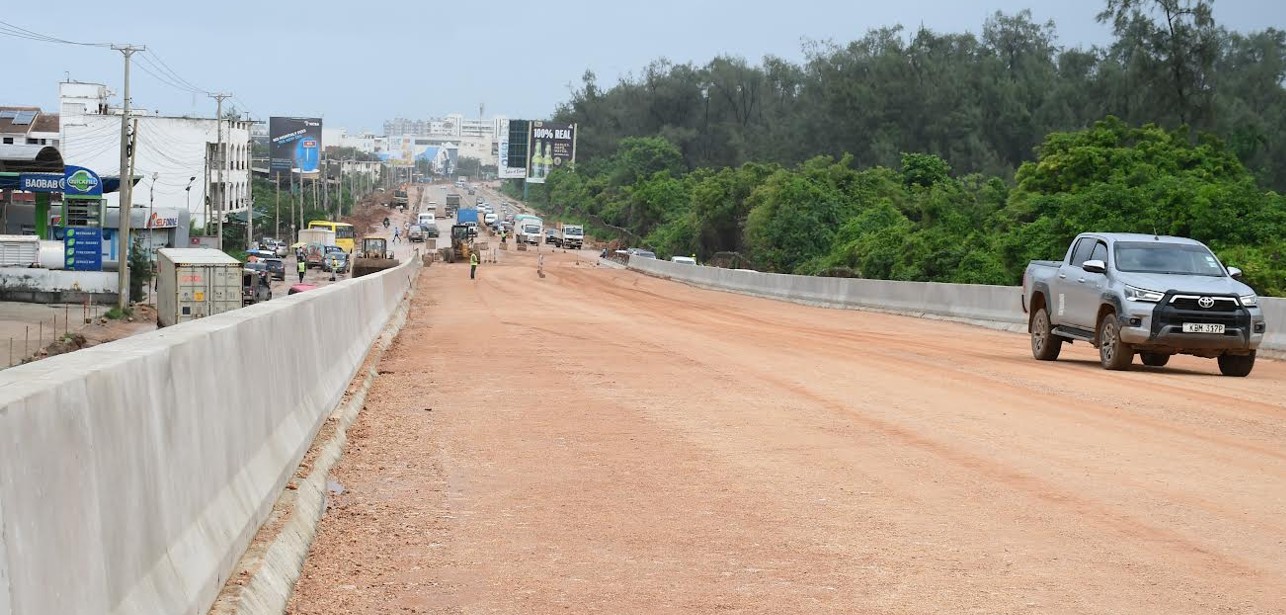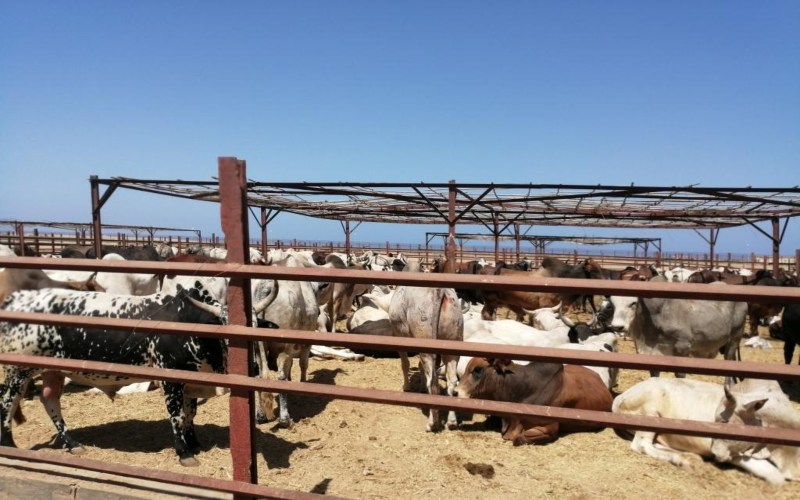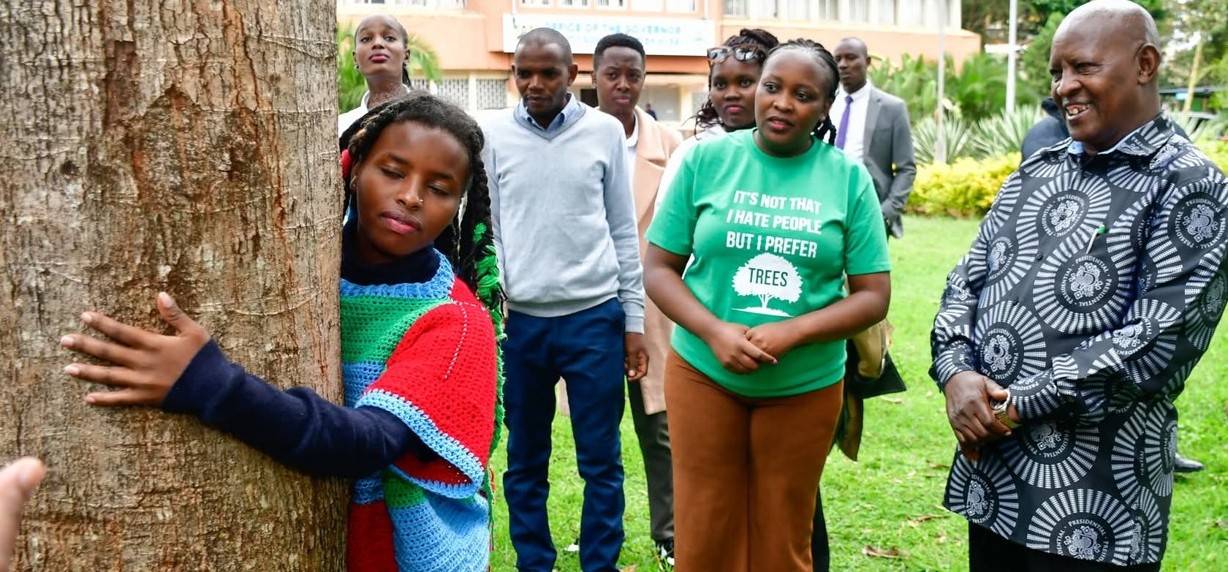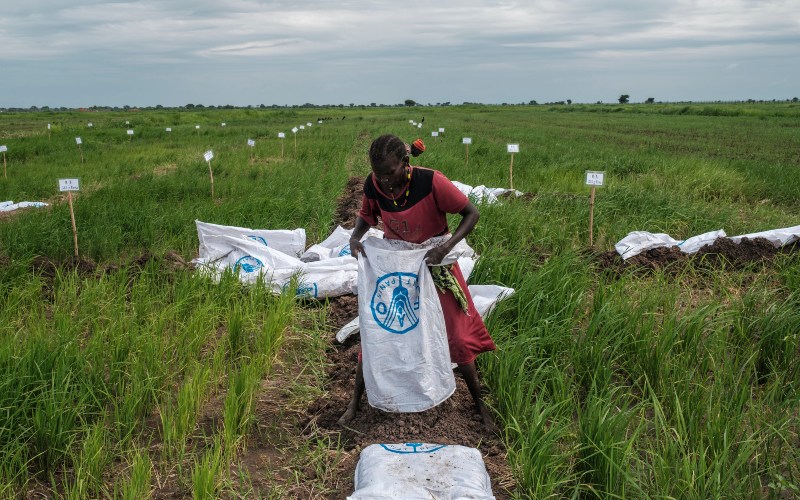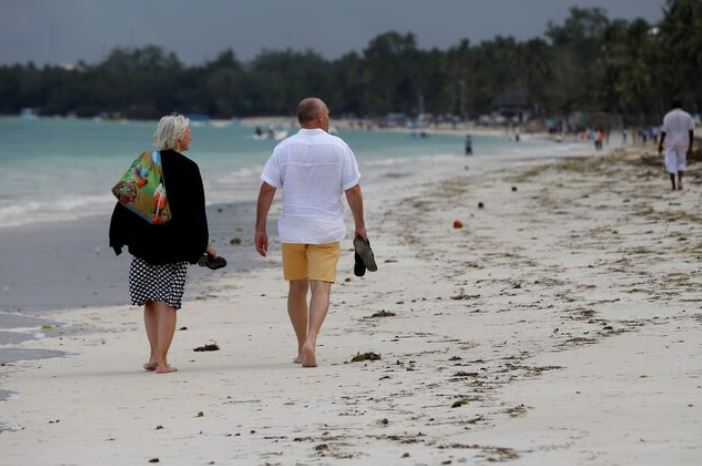Climate crisis imperils 43 per cent of world heritage sites, says IUCN
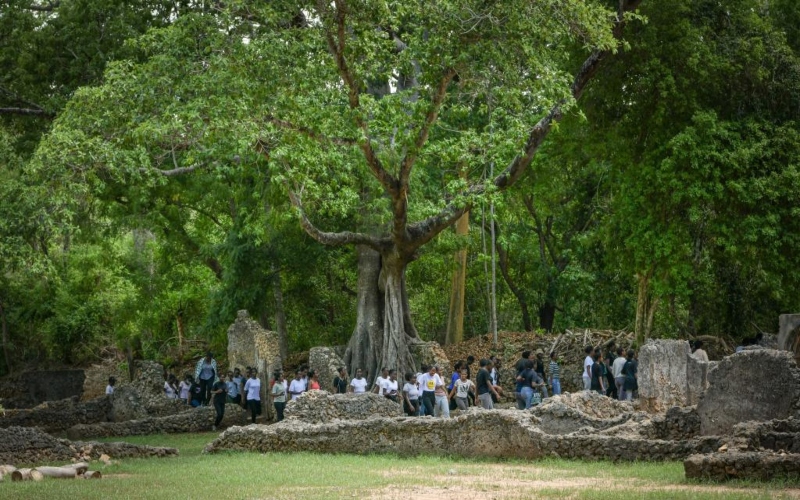
IUCN warns that climate change accelerates the spread of invasive species and disease, creating compounded risks for key ecosystems.
The world’s natural and cultural heritage is facing its gravest threat yet, with climate change now emerging as the top risk to these irreplaceable sites, according to the latest assessment by the International Union for Conservation of Nature (IUCN).
The IUCN World Heritage Outlook 4 highlights that nearly half of all World Heritage sites, 43 per cent, are already affected by changing climate conditions.
More To Read
- 2025 set for second-hottest year on record
- Nyeri climate change activist Truphena Muthoni attempts 72-hour tree-hugging record
- UN’s Guterres vows to push for Palestine two-state solution, says he will ‘not shut up’
- Green economy now second-fastest global growth frontier, value hits Sh646.4 trillion - report
- Supporting Africa’s drylands: Insights from the pastoralists who call them home
- What’s at stake in the COP30 negotiations?
Invasive alien species remain the second most pervasive danger, impacting 30 per cent of sites, while outbreaks of wildlife and plant diseases are on the rise.
Grethel Aguilar, IUCN director general, emphasised the vital importance of protecting these sites.
“These are some of the world’s most outstanding sites, home to extraordinary biodiversity and geodiversity. They sustain communities, inspire generations and connect us to our shared history.
We must come together with stronger action and greater investment to ensure these irreplaceable treasures endure, for nature, for people and for generations to come,” she said.
The report, which provides a ten-year review of conservation trends, reveals a decline in positive conservation outcomes, with only 57 per cent of sites now considered well-protected, down from 62 per cent in 2020. Sites rich in biodiversity are most affected, facing increasing pressures from environmental changes.
Kenya hosts eight UNESCO World Heritage sites, including Lamu Old Town, Fort Jesus in Mombasa, Thimlich Ohinga Archaeological Site, the Sacred Mijikenda Kaya Forests, Mount Kenya National Park, the Kenya Lake System in the Great Rift Valley, and Lake Turkana National Parks.
IUCN warns that climate change accelerates the spread of invasive species and disease, creating compounded risks for key ecosystems.
Notable examples include Ebola virus among primates in Virunga National Park (DRC), white-nose syndrome in bats in Mammoth Cave (USA), chytridiomycosis in amphibians in Australia’s Tasmanian Wilderness, avian influenza in Península Valdés (Argentina), and mangrove dieback from top-dying disease in Bangladesh’s Sundarbans.
Unsustainable tourism, now the third most common threat, also worsens environmental pressures, further stressing vulnerable ecosystems.
The report points out that only half of World Heritage sites are adequately managed, and 15 per cent face severe funding gaps that limit conservation efforts.
Despite these challenges, the report highlights success stories. Between 2020 and 2025, thirteen sites improved their conservation outlook, including four in West and Central Africa.
Reserve in Cameroon, Salonga and Garamba National Parks in the DRC, and Niokolo-Koba National Park in Senegal. These gains are attributed to enhanced anti-poaching measures, stronger community involvement, and stabilising wildlife populations.
The findings stress the urgent need for global cooperation, increased investment, and proactive management to ensure that these natural and cultural landmarks are preserved for future generations.
Top Stories Today



